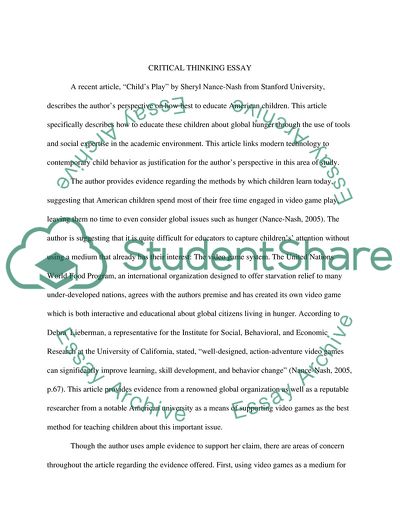Cite this document
(Evaluation of Two Articles Describing the Best Way to Educate American Essay Example | Topics and Well Written Essays - 1250 words, n.d.)
Evaluation of Two Articles Describing the Best Way to Educate American Essay Example | Topics and Well Written Essays - 1250 words. https://studentshare.org/education/1726345-what-is-the-best-way-to-educate-american-children
Evaluation of Two Articles Describing the Best Way to Educate American Essay Example | Topics and Well Written Essays - 1250 words. https://studentshare.org/education/1726345-what-is-the-best-way-to-educate-american-children
(Evaluation of Two Articles Describing the Best Way to Educate American Essay Example | Topics and Well Written Essays - 1250 Words)
Evaluation of Two Articles Describing the Best Way to Educate American Essay Example | Topics and Well Written Essays - 1250 Words. https://studentshare.org/education/1726345-what-is-the-best-way-to-educate-american-children.
Evaluation of Two Articles Describing the Best Way to Educate American Essay Example | Topics and Well Written Essays - 1250 Words. https://studentshare.org/education/1726345-what-is-the-best-way-to-educate-american-children.
“Evaluation of Two Articles Describing the Best Way to Educate American Essay Example | Topics and Well Written Essays - 1250 Words”. https://studentshare.org/education/1726345-what-is-the-best-way-to-educate-american-children.


